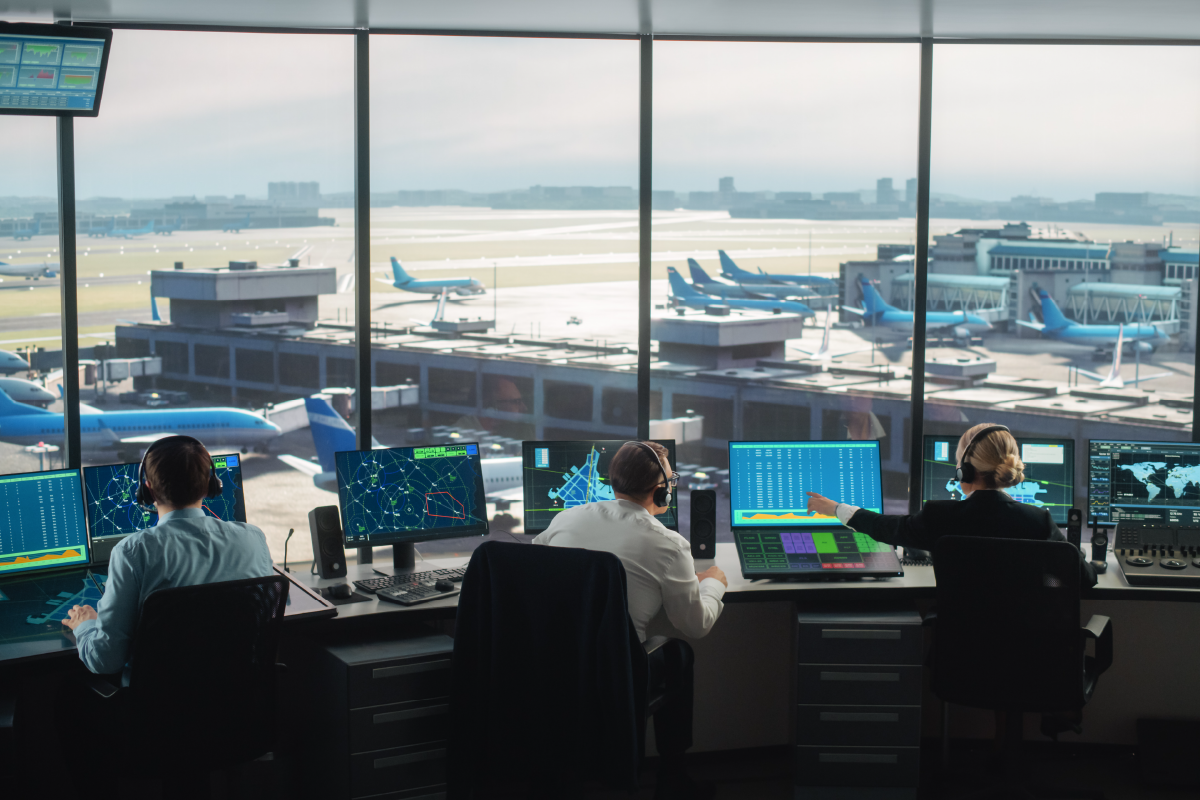Pioneering eye-tracking technology in Air Traffic Control
Despite widespread challenges that have curtailed the aviation industry in the wake of the Covid-19 pandemic, the global aviation market is expected to continue to grow at a significant rate post-2021 and beyond.
With the aviation industry projected to double in size over the next two decades, both air traffic control (ATC) systems and air navigation service providers (ANSP) will need to expand to safely meet this surge in demand. Patrick Nolan spoke to ATM Magazine.
Aligning with this vast projected growth is the introduction of HMI systemisation, digital/remote towers, and automation. This increasing automation of the industry will shift the demands placed on air traffic controllers to a new dynamic environment. Consequently, ATC training system will need to evolve to accommodate this shift in pressure. This will create the requirement for the advancement of autonomy within the sector while maintaining manual control skills. As controllers monitor increasingly complex systems with varying levels of automation, an efficient scanning pattern is critical to the efficiency and safety of air traffic monitoring.
Seeing Machine’s eye and face-tracking technology can measure degraded alertness and attention states. Seeing Machines is currently pioneering the implementation of eye-tracking technology within the aviation industry across three specific streams: simulators (training), aircraft (pilot monitoring) and consoles (air traffic control). Seeing Machine’s eye-tracking technology can aid ANSPs and controllers’ assessment of the state of alertness and attention when conducting live operations as well as providing live data to controller teams. Eye-tracking technology can also be employed to provide valuable feedback and support regarding performance.
Read the ATC Magazine article: The eyes have it.

